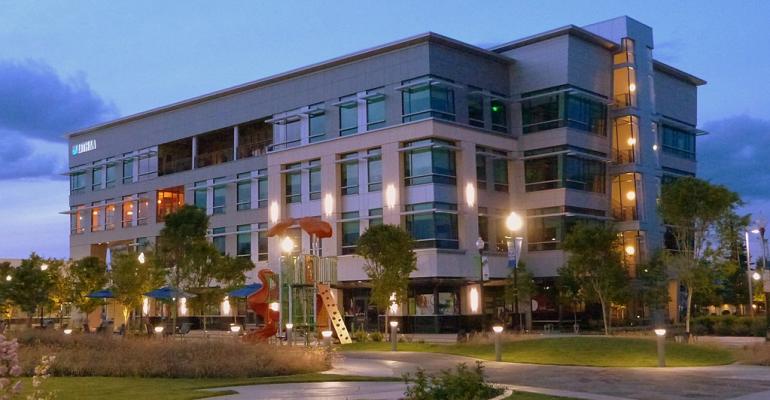Even after auto retail recovers from the coronavirus pandemic, Lithia Motors plans to stick with a leaner head count, pickup and delivery for service customers and greater use of digital channels for sales and F&I as strategic, competitive advantages – not just emergency responses to lower volume and social distancing.
During the present crisis, Lithia isn't charging a premium for service customers who opt for pickup and delivery, CEO Bryan DeBoer says. “It’s our duty,” he says, to keep customers’ cars maintained and to keep technicians employed and "turning wrenches."
But after the recovery, DeBoer (below, left) says Lithia can charge service customers who opt for pickup and delivery a premium in exchange for convenience.
DeBoer spoke in an April 22 conference call to announce first-quarter results. Lithia, based in Medford, OR, is the third-largest U.S. new-vehicle retailer.
For the quarter, Lithia reported net income of $46 million, down 18% from a year ago. Results were strong in January and February, but sales fell in March after shelter-in-place policies aimed at containing the pandemic were imposed in many states.
“Currently, 95% of our markets are impacted by shelter-in-place orders,” DeBoer says. In the conference call, chief operating officer Chris Holzshu says Lithia is reducing its advertising spend 20% to 30% and reducing head count about 40% by eliminating some positions and putting others on furlough, hoping to hire them back.
DeBoer says about half of those head-count reductions are likely to be permanent. At the end of 2019, Lithia had 14,320 full-time employees at 188 retail locations.
Even before the pandemic, Lithia was on an efficiency drive including greater use of online channels, he says. As more customers serve themselves online, DeBoer says the thinking is that in-store sales and F&I staff could increase their production in the traditional channel.
What’s difficult to automate, and where in-store experts add value, is coming up with a deal structure that lenders can approve and matching it with the appropriate lender, he says.
“Digital solutions are improving consumer experiences. However, most consumers still require expert assistance to complete their purchase. Unlike most products, vehicles are highly complex, last for over a decade, involve a trade-in and financing, require maintenance and are large, making them expensive to transport,” DeBoer says.
DeBoer says Lithia started rolling out pickup and delivery for service customers, and delivery of at-home service, in the second half of 2019. Before the pandemic, he says, only a handful of Lithia dealerships participated, but now it’s “over three-quarters.”
After the pandemic subsides, DeBoer says Lithia probably could charge a higher premium, percentagewise, for smaller pickup-and-delivery repair orders. Bigger-ticket items would have a lower premium, he says.
For example, he says a $50 in-store oil change for a high-end brand could be $100 with pickup and delivery. But that wouldn’t work for a $1,000 repair order, DeBoer says. “I don’t believe that we’re going to get $2,000 for that service, and I don’t know that that would be equitable and fair to the consumer,” he says. “But I think $1,100 or $1,200 is something that's reasonable.”





